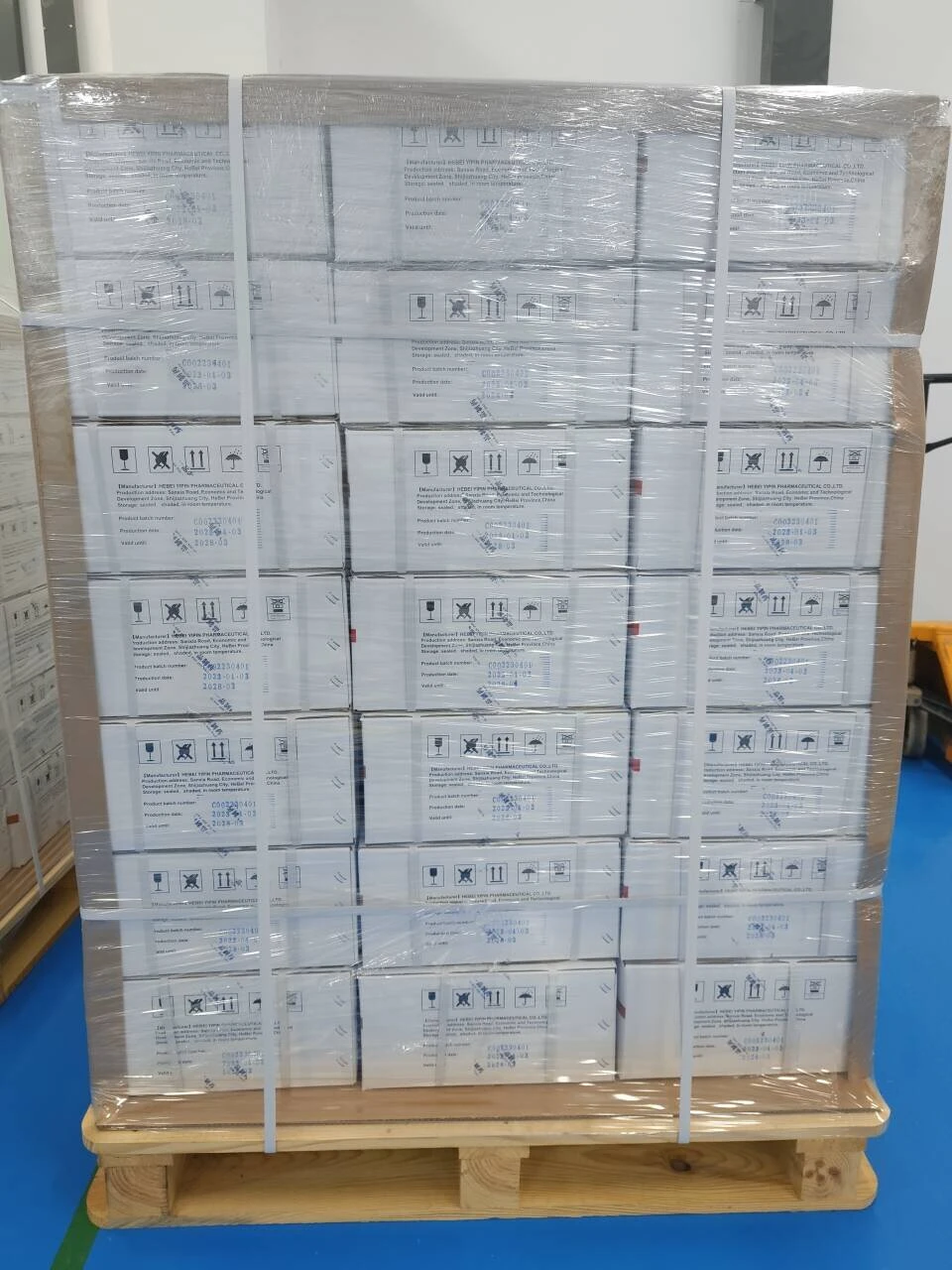Chemicals Used in Water Treatment An Overview
Water is an essential resource, vital for human survival, agriculture, industry, and maintaining ecological balance. However, as water supplies become contaminated due to urbanization, industrial discharges, and agricultural runoff, effective water treatment has become increasingly critical. To ensure water safety and quality for consumption and other uses, various chemicals are employed in water treatment processes. This article explores some of the widely used chemicals and their respective roles in treating water.
1. Coagulants and Flocculants
Coagulation is often the first step in the water treatment process. Coagulants are chemicals that help destabilize colloidal particles in water, allowing them to clump together and form larger aggregates known as flocs. The most commonly used coagulants include aluminum sulfate (alum), ferric sulfate, and polyaluminum chloride (PAC). These substances work by neutralizing the charges on suspended particles, facilitating their aggregation.
Subsequently, flocculants may be added to enhance the settling of these flocs. Flocculants are high molecular weight polymers that improve the efficiency of floc formation and settling. By promoting larger floc formation, flocculants allow for easier removal from water, leading to clearer, cleaner treated water.
2. Disinfectants
Disinfection is a crucial step in ensuring that water is free from pathogens. Chlorine, one of the most widely used disinfectants, effectively kills bacteria, viruses, and some protozoa. It can be applied in various forms, including gaseous chlorine, calcium hypochlorite, and sodium hypochlorite. While chlorine is effective, its application must be managed carefully due to the formation of disinfection byproducts (DBPs), which can be harmful.
In addition to chlorine, other disinfectants such as ozone and ultraviolet (UV) light are gaining popularity. Ozone (O3) is a powerful oxidant that can effectively eliminate microorganisms and degrade organic contaminants. UV light disinfection offers a chemical-free alternative, using short-wavelength UV radiation to inactivate pathogens by disrupting their DNA.
3. pH Adjusters
chemicals used in water treatment

Maintaining the correct pH level in water is essential for optimal treatment effectiveness and protecting infrastructure. Chemicals used for pH adjustment include lime (calcium hydroxide), sodium hydroxide (caustic soda), and sulfuric acid. Lime is often used to raise pH, while sulfuric acid is applied to lower it. Ensuring a balanced pH can enhance the activity of coagulants and disinfectants while preventing corrosion in pipes.
4. Corrosion Inhibitors
Corrosion can lead to significant issues in water distribution systems, including contamination and infrastructure damage. To mitigate these risks, corrosion inhibitors may be added to water systems. Common corrosion inhibitors include phosphates, silicates, and polyphosphates. These chemicals form a protective layer on metal surfaces, reducing the rate of corrosion and prolonging the lifespan of pipes and equipment.
5. Activated Carbon
Activated carbon is widely used for the removal of organic compounds, unpleasant tastes, odors, and chlorine residuals from water. It works through adsorption, a process where contaminants adhere to the surface of the carbon particles. Granular activated carbon (GAC) and powdered activated carbon (PAC) are commonly utilized in various stages of water treatment, serving both for treatment efficiency and enhancing overall water quality.
6. Nutrient Removal Chemicals
In some cases, wastewater treatment facilities need to remove excess nutrients, such as nitrogen and phosphorus, to prevent eutrophication in water bodies. Chemicals such as alum or ferric chloride can precipitate phosphorus, while biological processes, often enhanced by chemicals, can reduce nitrogen levels.
Conclusion
The treatment of water involves a complex interplay of chemical processes aimed at ensuring safety and quality for end users. The careful selection and application of various chemicals—such as coagulants, disinfectants, pH adjusters, corrosion inhibitors, activated carbon, and nutrient removal agents—are essential in producing potable water and maintaining ecological balance. As challenges related to water quality continue to evolve, ongoing research and innovation in chemical treatments will be vital for ensuring access to clean, safe water for all. Emphasizing environmentally friendly practices and minimizing harmful byproducts will be crucial in the sustainable management of our most precious resource—water.

